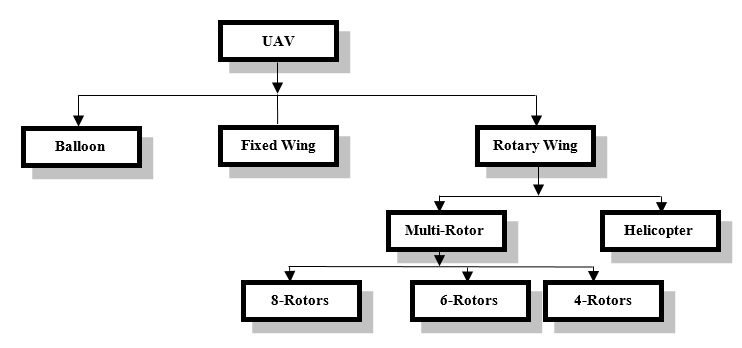An efficient Model for Selection of Unmanned Aerial Vehicles designed for Precision Agriculture
Main Article Content
Abstract
Precision agriculture (PA) utilizing unmanned aerial vehicles (UAVs) has supplanted labor-intensive and time-consuming conventional agricultural methods in recent times. This is because of its great economic benefits, as it possesses many advantages. It's fascinating to see how drones are being increasingly used in agriculture due to the numerous benefits they offer. However, it's important to evaluate their performance and determine the most effective criteria to ensure their optimal use. To make the most effective use of drones in agriculture, we need to consider multiple criteria when making decisions about their performance. The suggested model is constructed utilizing neutrosophic sets to effectively handle uncertainty and address multi-criteria decision-making (MCDM) situations with several competing criteria and options. The proposed model integrates Multi-Attributive Border Approximation Area Comparison (MABAC), and the entropy method for evaluating the performance of UAVs in PA based on diverse criteria and their importance, along with single-valued neutrosophic sets (SVNSs). The entropy method is used for calculating the weight of criteria, and the MABAC method is used for ranking alternatives. An experimental case study has been established for choosing the best UAV for precision agriculture.
Downloads
Article Details

This work is licensed under a Creative Commons Attribution 4.0 International License.





